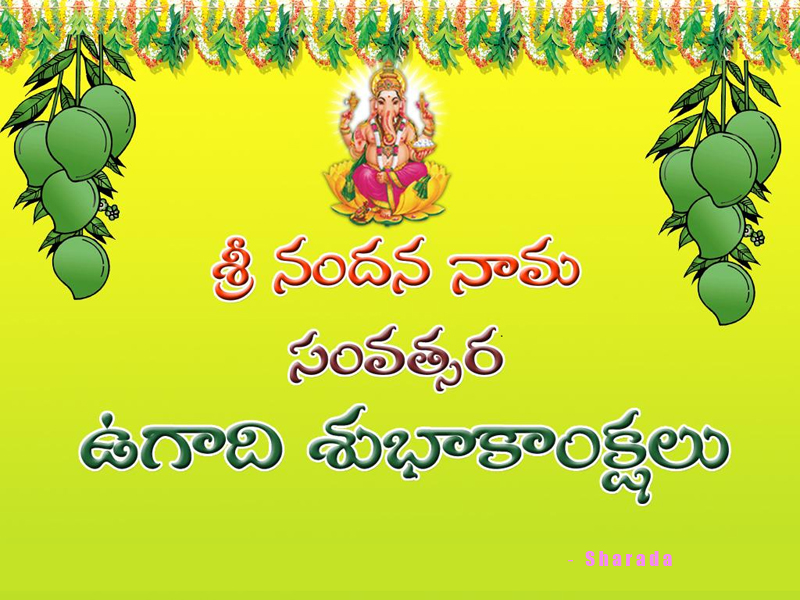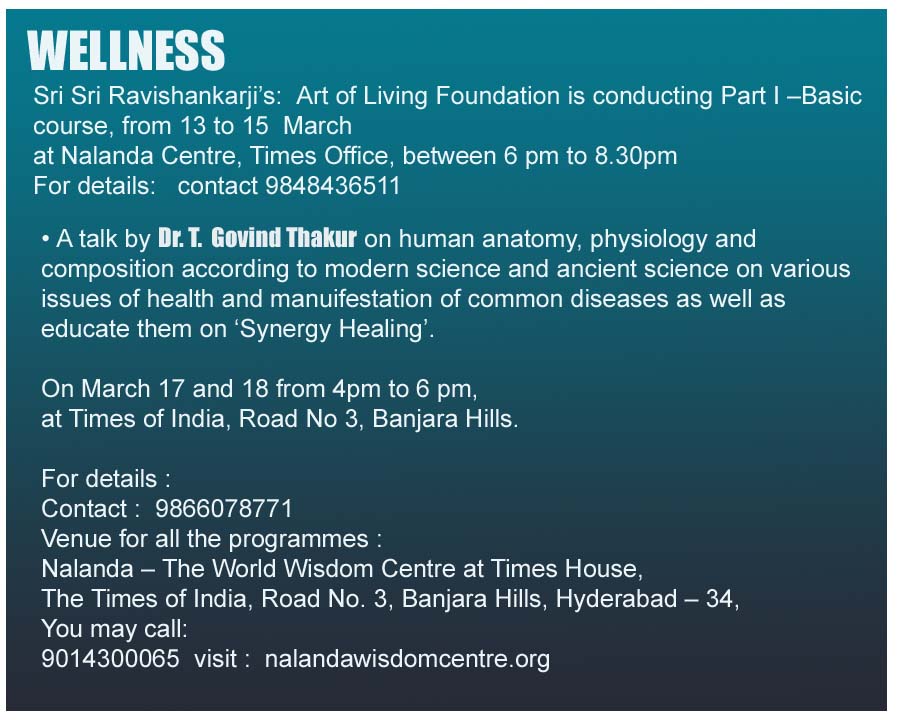Electrical-n-Electronics
Thursday, 22 March 2012
Tuesday, 20 March 2012
Explaining the 14 Lokas: The OSI Model
by Sunder Rajan
I was reminded of a lecture our local group attended by a Swamiji from Chinmaya Mission who was visiting Canada last month. In the due course of the lecture he mentioned about the 14 lokas (which are Satya Loka, Tapo loka, Janaloka, Maharloka, Suvarloka, Buvarloka, Bhuloka, Atala, Vithala, Suthala, Talaathala, Rasaathala, Mahaathala, and Paathala in descending order.) While explaining the seven lokas above he mentioned that Bhuloka was this earth, Bhuvarloka was above the Sun, Suvarloka was above the polestar etc. A friend of mine, asked if this was actually physical locations or just metaphors that really did not exist.. Later, when comparing notes after the lecture, some argued that it REALLY existed - as it was mentioned in the puranas, while others called it humbug. (I am sure this is one of the famous doubts that 'intellectuals' often get.) I took a shot at it, and explained my understanding of the LOKA models in layperson terms. Hope it makes sense.
Most of us are aware of the famous OSI Model which makes communication between hetrogenous machines possible.

The Model begins with the physical layer which rests on the physical link that's "visible and tangible" to everyone. Then comes more subtler layers which are neither "real", nor "mythical metaphors" but purely concepts that can be explained as layers to make it easier to understand. If someone says, the data-link layer is 2 inches above the physical layer, and that the transport layer is 4 inches above the datalink and so on it would be laughable. These are neither "above" nor "below" anything. Thus, I can only show you the physical cable that connects two computers but cannot pinpoint to the different layers around the layers even if I take a magnification lens and search till end of eternity.
Extending on this simile, when two "applications" need to talk, it cannot directly do so. An application will send it's 'thoughts' to the lower layer, till it hits the physical level. Once it reaches the physical level it is conveyed "up the chain" by the other 'computer' and when the message reaches the other application and acknowledgement is done, the process is said to be complete.
In our case, the TOP level application is the same. An idea arises in the PARA, and this is conveyed via Pratyag, Madyama and Vaikhari (audible sound, produced by VAKH - the organ of action.) This sound waves travel via a medium (Space), till it is picked up by the physical layer (eardrums), conveyed to the sense organ (shravana indriya), this is conveyed to the manas, then to buddhi, then to ahamkara and finally to the Consciousness. IF any one of the links is missing (i.e. my voice does not reach you, or you cannot interpret what I say, or your mind is 'elsewhere' or you are unconscious) then the communication (loop) is broken or incomplete. This simile can be extended to all levels (sight, sound, touch etc.) Thus, every interaction or knowledge transfer that takes place goes from Consciousness to Consciousness - but takes a convoluted path and passes through physical links (this giving rise to misunderstandings and misinterpretations.) In Deep meditation, when there is absolute control of one's thoughts, one can directly pass on information with minimal or zero aberrations.(This is a topic for the future.)
The whole exercise of Advaita is to alienate the seven layers, fourteen lokas, five bhuthas, three kaalas, three gunas, three shariras, five koshas, twenty four thattvas, and whatever else is not that ONE. Then and only then will you become THE ONE.
Original Post:
http://vedantayoga.blogspot.ca/2005/02/explaining-14-lokas-osi-model.html
I was reminded of a lecture our local group attended by a Swamiji from Chinmaya Mission who was visiting Canada last month. In the due course of the lecture he mentioned about the 14 lokas (which are Satya Loka, Tapo loka, Janaloka, Maharloka, Suvarloka, Buvarloka, Bhuloka, Atala, Vithala, Suthala, Talaathala, Rasaathala, Mahaathala, and Paathala in descending order.) While explaining the seven lokas above he mentioned that Bhuloka was this earth, Bhuvarloka was above the Sun, Suvarloka was above the polestar etc. A friend of mine, asked if this was actually physical locations or just metaphors that really did not exist.. Later, when comparing notes after the lecture, some argued that it REALLY existed - as it was mentioned in the puranas, while others called it humbug. (I am sure this is one of the famous doubts that 'intellectuals' often get.) I took a shot at it, and explained my understanding of the LOKA models in layperson terms. Hope it makes sense.
Most of us are aware of the famous OSI Model which makes communication between hetrogenous machines possible.

The Model begins with the physical layer which rests on the physical link that's "visible and tangible" to everyone. Then comes more subtler layers which are neither "real", nor "mythical metaphors" but purely concepts that can be explained as layers to make it easier to understand. If someone says, the data-link layer is 2 inches above the physical layer, and that the transport layer is 4 inches above the datalink and so on it would be laughable. These are neither "above" nor "below" anything. Thus, I can only show you the physical cable that connects two computers but cannot pinpoint to the different layers around the layers even if I take a magnification lens and search till end of eternity.
Extending on this simile, when two "applications" need to talk, it cannot directly do so. An application will send it's 'thoughts' to the lower layer, till it hits the physical level. Once it reaches the physical level it is conveyed "up the chain" by the other 'computer' and when the message reaches the other application and acknowledgement is done, the process is said to be complete.
In our case, the TOP level application is the same. An idea arises in the PARA, and this is conveyed via Pratyag, Madyama and Vaikhari (audible sound, produced by VAKH - the organ of action.) This sound waves travel via a medium (Space), till it is picked up by the physical layer (eardrums), conveyed to the sense organ (shravana indriya), this is conveyed to the manas, then to buddhi, then to ahamkara and finally to the Consciousness. IF any one of the links is missing (i.e. my voice does not reach you, or you cannot interpret what I say, or your mind is 'elsewhere' or you are unconscious) then the communication (loop) is broken or incomplete. This simile can be extended to all levels (sight, sound, touch etc.) Thus, every interaction or knowledge transfer that takes place goes from Consciousness to Consciousness - but takes a convoluted path and passes through physical links (this giving rise to misunderstandings and misinterpretations.) In Deep meditation, when there is absolute control of one's thoughts, one can directly pass on information with minimal or zero aberrations.(This is a topic for the future.)
The whole exercise of Advaita is to alienate the seven layers, fourteen lokas, five bhuthas, three kaalas, three gunas, three shariras, five koshas, twenty four thattvas, and whatever else is not that ONE. Then and only then will you become THE ONE.
Original Post:
http://vedantayoga.blogspot.ca/2005/02/explaining-14-lokas-osi-model.html
Sunday, 18 March 2012
Horoscope ! Which timings? Indian or American?
by Mr. Sunder Rajan
Mararshi Bharadvaja (father or ancestor of Dronacharya) as mentioned in the Ramayana may not be the the author of Amshu-bodhini or Yantra Sarvasva (as there is no corroborative or contemporary reference to it in the Ramayana or subsequent texts.)
Some major and minor Indian works have been written by lesser known people (who themselves were stalwarts), but chose to attribute the text to known personalities for the sake of social acceptance.. and on the other hand, there are great authors whom people do not even know of.. for example Nandhi, Swetakethu, Kanadha, Bodhayana etc have made great contributions but are totally unknown. It will be definitely interesting to explore these personalities sometime (when there is sufficient time and interest.)
Astronomy vs Astrology: Astronomy is the objective study of the Heavenly bodies while Astrology is a subjective study (of the cosmos relation to a particular life form.) Some people are confused about preparing Jathakams for kids born in Northamerica (whether to take Daylight savings into consideration or not etc.) Just imagine the earth as a 'flat earth model'.. at any given moment, the horoscope of a person born ANYWHERE on earth will be exactly the same.. i.e. A person born in California at 1.00 AM PST will be the same as a person born at 1:30 PM IST. (The major chart positions will be the same, but minor ones like navamsa or sthaana bhala etc may differ slightly.)
Maintaining astral records of a birth: Why do Indians make horoscopes when a baby is born? Well, the recording of a 'jathakam' or 'horoscope' for tracking a person's birth date is much more reliable than an 'english date of birth'!! Reason?? Let's say a birth certificate says, 1st January, 1970... and a martian finds this, say 10000 years from now.. the number 1970 will mean nothing to them.. 1970 from what? On the other hand, if the same martian finds a chart (Sun in this position, moon in this position, Jupiter there, mars here etc..) The placement of the heavenly bodies will chart back to a unique date and time in the past (provided the martian knows how to calculate these position ;))
Friday, 16 March 2012
What is the scoop on ABHIJIT or VEGA ?
By Sunder Rajan
What is the scoop on ABHIJIT or VEGA?:
Traditionally, the Indian Zodiac has 27 stars (Aswini, our own Bharani, Krithika, Rohini etc..) But this was not always so... according to Indian astronomers, the Zodiac had 28 stars...
In the Mahabharata - in the Vana Parva (230:8-11) - there is a conversation between Indra and Skandha. Skandha states that Abhijit (Vega in english) 'fell off the Zodiac path!!!!' For a long time, this was ridiculed by the 'rationalists' of the day - laughing at the idea that a star can 'fall' :)
We now know that Vega did move away from the Zodiac (moon's path) sometime between 23,000 BC and 12,000 BC. This 'move' is because of the earth's axis shift.
What is interesting here is not the conversation itself.. The earth's axis does not tilt in one day or even in one (human) generation. It is very interesting to note that our ancestors had observed the skies, and passed it on to the next generation by word of mouth (remember, we had no scripts for a long time) and this went on for at least few thousand years, until someone jotted it down in the Mahabharatha.
_____________________________
On another note, did you know that 1000 years before Copernicus, Aryabhatta had mentioned that the earth goes around the sun, in 365.25 days - in anelliptical orbit(!!!!), and also calculated the Siderial rotation? :) Or that the Rigveda (according to Saayana bhashya) mentions the Speed of Light to be 186500 miles per second? :)
Did you know Ancient Indian astronomers also said that the earth does not go around the sun in one 'full ellipse' like Ramsharma sir would draw on the board.. but it goes around in a spiral (never coming back to the same point it started..:) can you figure out why...?
Tuesday, 13 March 2012
Wellness - A Talk by T.Govind Thakur
A Talk by T.Govind Thakur
This is a programme on science beyond science.
Where i would discuss on human anatomy,physiology and Quantum physics.
Understanding role of hormones in human body.Brain and mind function beyond which spiritual sciences.
Followed by practice of synergy healing and rumination.
Where i would discuss on human anatomy,physiology and Quantum physics.
Understanding role of hormones in human body.Brain and mind function beyond which spiritual sciences.
Followed by practice of synergy healing and rumination.
Subscribe to:
Posts (Atom)




